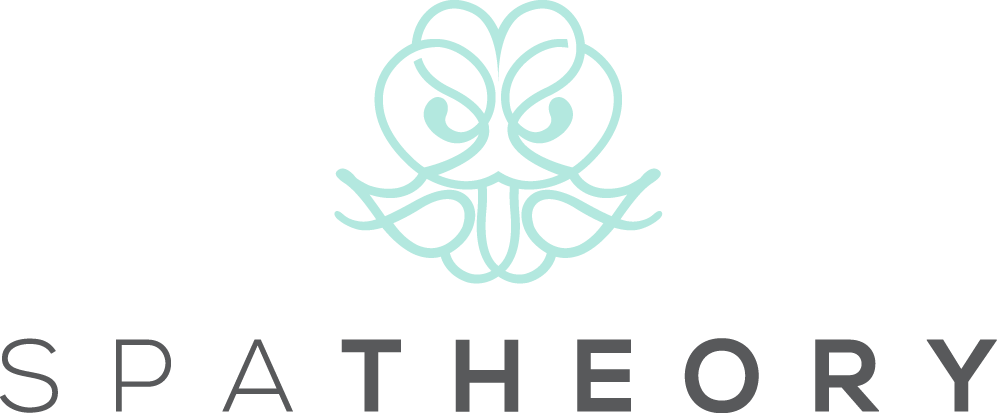Rolfing Massage: Everything You Need To Know
Welcome to your ultimate guide to Rolfing massage! If you've been searching for a transformative approach to improve your well-being, you may have stumbled upon the term "Rolfing." Often misunderstood or simply unknown, this specialized form of bodywork has profound benefits for those who try it. This post will explore what Rolfing involves, its numerous benefits, and the specific techniques used, ensuring you have all the information at your fingertips. Let’s drive in!
What is Rolfing?
Rolfing, also known as Rolfing Structural Integration, is a form of deep-tissue, holistic bodywork that focuses on aligning the body by manipulating the connective tissues, or fascia. The goal? To improve posture, relieve physical discomfort, and enhance energy and vitality. This method was developed by Dr. Ida Rolf over 50 years ago as a way to harness the body's natural tendency towards health and stability through balance, and is becoming increasingly popular in the wellness space.
Benefits of Rolfing Massage
Rolfing offers a variety of health benefits, ranging from physical to emotional improvements:
Structural Integration
If you’re looking to experience a newfound harmony in your body’s structure, rolfing aims to evenly distribute the force of gravity across your body, which can relieve chronic pain and substantially improve your posture.
Pain Relief and Injury Rehabilitation
Ideal for those in recovery, Rolfing offers a therapeutic approach that helps lessen pain and accelerate the healing process by stimulating enhanced circulation and tissue regeneration.
Improved Range of Motion and Flexibility
You can also use Rolfing sessions to achieve greater flexibility and a broader range of motion; these improvements contribute to a feeling of lightness and fluidity in your movements, akin to rejuvenating your body’s youthfulness.
Emotional Release and Stress Reduction
Rolfing addresses not only physical but also emotional blockages, helping to release pent-up stress and facilitating emotional equanimity. This holistic approach promotes a clearer, more relaxed mental state, enhancing your overall emotional resilience.
Enhanced Body Awareness and Mind-Body Connection
Through its focused techniques, Rolfing enhances proprioception - or body awareness - which deepens the connection between mind and body. This increased awareness is key for boosting your personal health, supporting a balanced and integrated feeling throughout daily life.
Techniques Used in Rolfing Massage
Rolfing is distinctive in its techniques, often customized to the individual's needs:
Myofascial Release: This involves applying gentle, sustained pressure into the connective tissue to eliminate pain and restore motion.
Deep Tissue Manipulation: Going beyond the surface muscles, this technique works deeply into the body to realign and optimize the structure.
Movement Re-Education: Part of Rolfing involves teaching the body more efficient and graceful movements, which can be particularly transformative.
Is Rolfing Safe?
Rolfing is generally safe when performed by a certified Rolfer™. However, it's important to consult with a healthcare provider before beginning any new treatment, especially if you have underlying health conditions. Discussing your health history with a Rolfer will ensure that you receive the most benefit and minimize potential risks.
The Bottom Line
Rolfing massage is more than just a technique - it's a pathway to better health and vitality. If you're looking to deepen your understanding of your body, alleviate pain, and achieve balance, Rolfing could be the perfect solution.
For those in Atlanta looking for a unique wellness experience, consider enhancing your relationship with a couples home massage. It's not just a passing fad - it could be an investment in your collective well-being. So make a booking and discover the magic of shared healing and relaxation today!
FAQs
Who should consider Rolfing massage?
Anyone seeking to improve their overall health, address specific body discomforts, or enhance their physical and emotional well-being might find Rolfing beneficial. It is particularly helpful for individuals with posture issues, chronic pain, or those involved in regular physical activity.
How long does a Rolfing session last?
Typically, a Rolfing session will last around 75 to 90 minutes. The standard Rolfing treatment includes a series of ten sessions, each focusing on different parts of the body for comprehensive integration.
What should I wear to a Rolfing session?
Clients are usually asked to wear comfortable, form-fitting clothing such as workout attire that allows for movement and accessibility to the therapist.
How often should I undergo Rolfing therapy?
The standard recommendation is to complete the ten-session series spaced out over a period of weeks or months. After completing the series, many clients choose to return for periodic maintenance sessions or further work.
Can Rolfing massage be combined with other treatments?
Yes, Rolfing is often complementary to other forms of therapy, including physical therapy, chiropractic adjustments, and regular massage.


